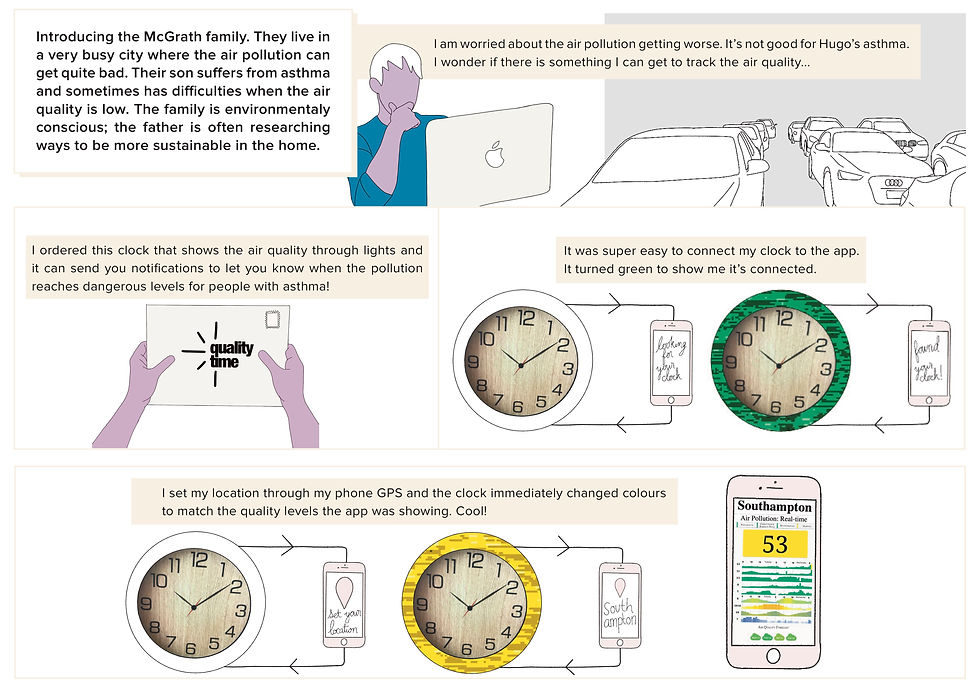005 - OCEAN PLASTIC
- tiffanybachelet
- Nov 28, 2019
- 2 min read
Updated: May 4, 2020
I attended a half day workshop ran by Kathy Vones during the festival of the future in Dundee. Kathy is currently a jewellery and metal design lecturer at UoD. This workshop combined environmental awareness, recycling, positive action and education.
She talked about the world and the effect that plastic waste is having. It’s more wide spread and integrated than I had imagined. It’s difficult to really relate and empathise with the ecological debt that is talked about if you can’t visualise what’s happening. Kathy went on an exploration project and showed us photos of the real consequences, which we couldn’t ignore.
New York used to throw its rubbish into the sea, which shockingly ended up on the beaches of Scottish islands. These islands act like combs, and capture a lot o the debris from the ocean. When the laws in NY changed, and recycling was more heavily implemented, the rubbish on these Scottish islands visibly changed. The rubbish here ranges from massive nets, to tiny shards and micro plastics.
One of the most shocking things I learnt from this talk was how much the debris was damaging long term in invisible ways. These islands aren’t inhabited, so there is no one to pick up the waste or clean up the beaches. This means that what happens, is that the plastic becomes part of nature. If you dig into the ground, you will see layers of buried plastic.
From Kathy’s travels and exploration, she found that the most common found plastic was HDPE.
Her project “Ocean Plastic” consisted of collecting as much of this plastic rubbish and repurposing it into useable filament for 3D printing machines. Poetically, she transformed this salvaged plastic into new inventions.
"If you pick up a piece of plastic from the ground, it becomes your legal problem to dispose of it. You have custodianship of it"
There are 3 steps to repurpose this plastic.
First, is to collect and wash the plastic.
Secondly, it goes into a special grinding machine that reduces it to small flakes. At this stage, you can add dye or colour to your plastic. Virgin plastic pellets must be added to the mixture. Currently, this sits at 60% beach plastic, 40% virgin pellets, but as technology advances, Kathy hopes that this ratio will get closer to 100% ocean plastic.
Finally, this goes into an extruding machine, with the process being similar to an injection moulding machine : it heats up the flakes and pellets and pushes it through an extruder where you can chose the width of the filament. It also coils the new plastic around a wheel, ready to be used in a 3D printing machine.
Swipe through the photos to see the process.












Comments